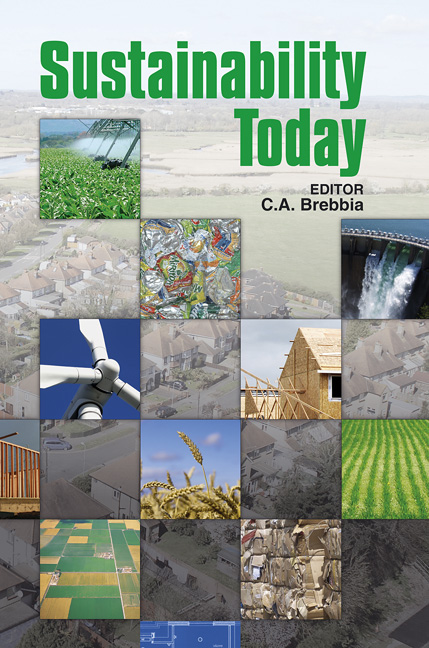Hydrologic Vulnerability To Climate Change Of The Lerma-Chapala Basin, Mexico
Price
Free (open access)
Transaction
Volume
167
Pages
12
Page Range
297 - 308
Published
2011
Size
3,531 kb
Paper DOI
10.2495/ST110271
Copyright
WIT Press
Author(s)
I. Rivas, A. Güitrón & M. Montero
Abstract
The Intergovernmental Panel on Climate Change (IPCC) suggests that vulnerability to climate change depends on three main factors: exposure, sensitivity and adaptive capacity. Each factor was evaluated and an overall methodology was proposed to map hydrologic vulnerability, where adaptation efforts are most needed to sustain environmental conditions. The Lerma-Chapala Basin was used as a case study. This Basin is located in the central part of Mexico and has an extension of 54,450 Km2. During the last 40 years, industrial, commercial and agricultural activities have been established to provide supplies to Mexico City located 50 Km east of the basin boundary. Because of such explosive growth, the basin today faces many challenges, for instance water scarcity issues, groundwater depletion and pollution in streams. At the outlet of the basin is the Lake Chapala, the largest water body in Mexico with an average volume of 8 cubic kilometers. Expected climate change effects threaten the environmental sustainability of the basin and a severe reduction in Lake’s volume in the future. A downscaling procedure estimated the precipitation from 23 Atmosphere–Ocean General Circulation Models (AOGCMs) by using the Reliability Ensemble Averaging (REA) method. Two climate change scenarios were chosen (A1B and A2) and two time horizons (2030 and 2050). Results showed a decrement in surface runoff up to 21% (A1B-2050). The modeling results were integrated and mapped using GIS. Keywords: climate change, vulnerability, GIS, water scarcity, AOGCMs, REA, Chapala Lake, adaptation.
Keywords
climate change, vulnerability, GIS, water scarcity, AOGCMs, REA, Chapala Lake, adaptation





